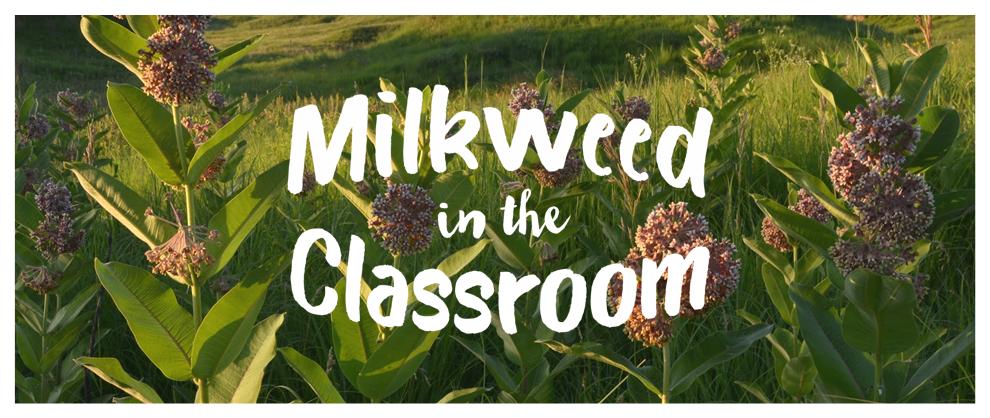
Milkweed in the Classroom - Lesson Set
The Milkweed in the Classroom lessons are designed to help students investigate a real-world phenomenon that is connected with students’ interests and experiences. In this unit, the monarch migration will act as the anchoring phenomenon and students will investigate the guiding question, “How has the monarch migration has changed over time and why?”

Prairie Protector - Video Game
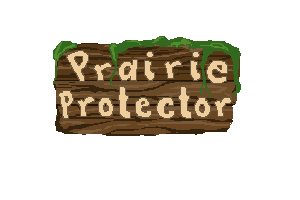
Prairie Protector - Video Tutorial
Need a quick start guide before playing the Prairie Protector digital game? Watch the video below to see a quick walk-through tutorial to learn a bit about the game and some useful tips.
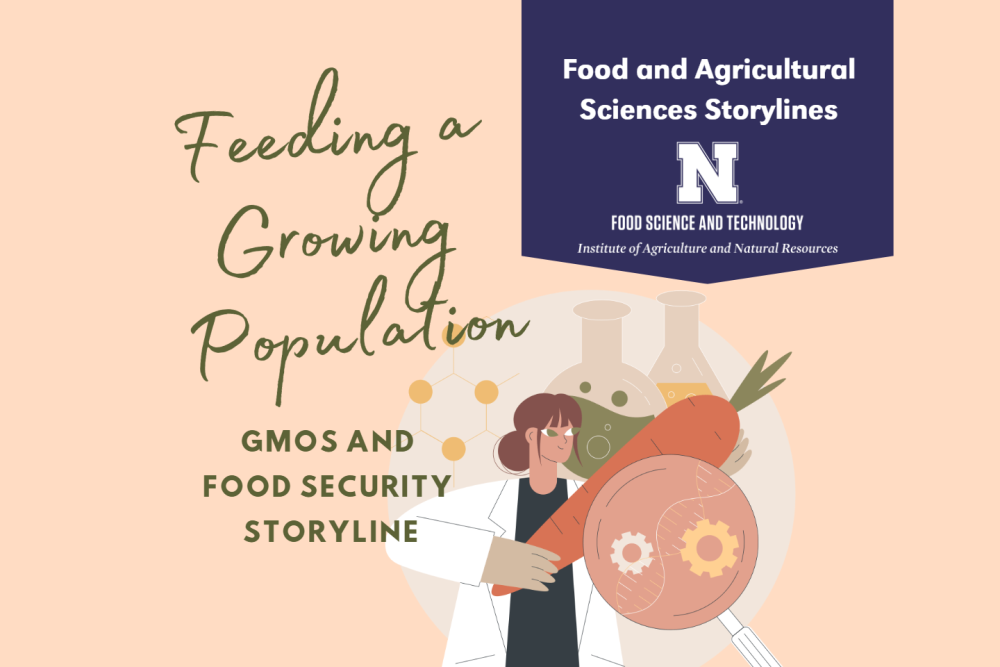
Feeding a Growing Population - GMOs and Food Security Storyline
Feeding a Growing Population: GMOs and Food Security is a standards-aligned life science unit to help students understand GMOs and their benefits in feeding the future.
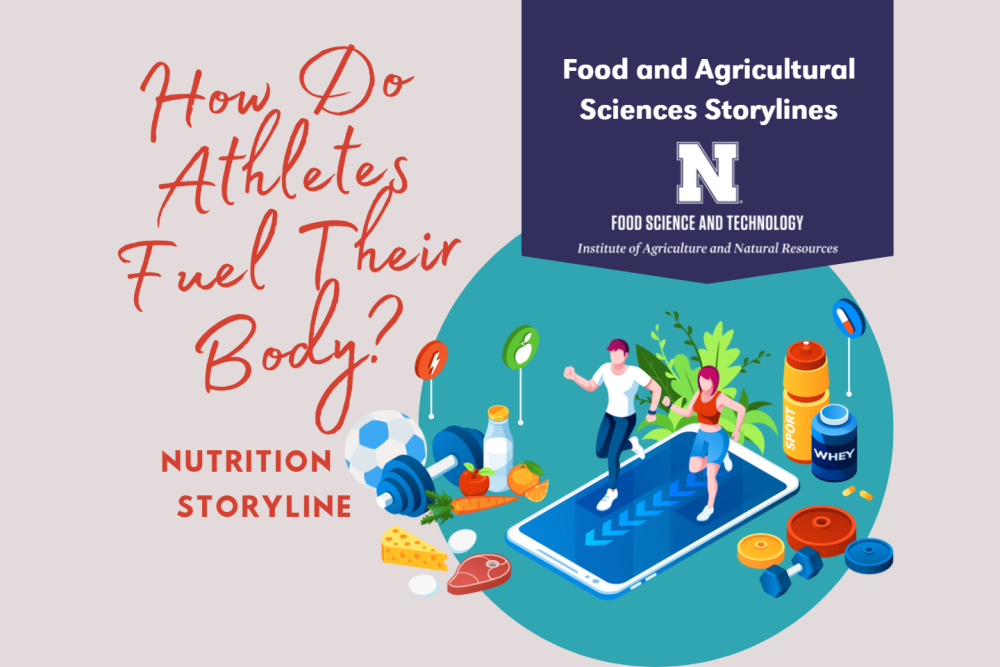
How Do Athletes Fuel Their Body? - Nutrition Storyline
How do Athletes Fuel Their Body? - Nutrition Storyline is a standards-aligned science unit that helps students understand how food (inputs) going into the athlete’s body affect their performance (output).
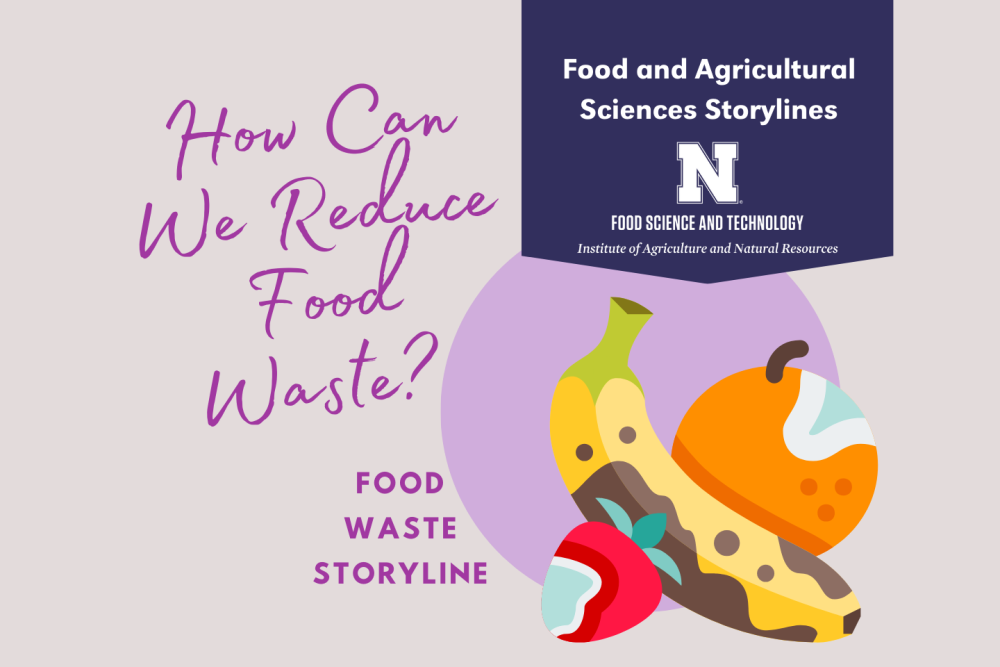
How Can We Reduce Food Waste? – Food Waste Storyline
How Can We Reduce Food Waste is a standards-aligned science unit that helps students understand how environmental conditions affect the growth of organisms, which can then lead to food spoilage and waste.
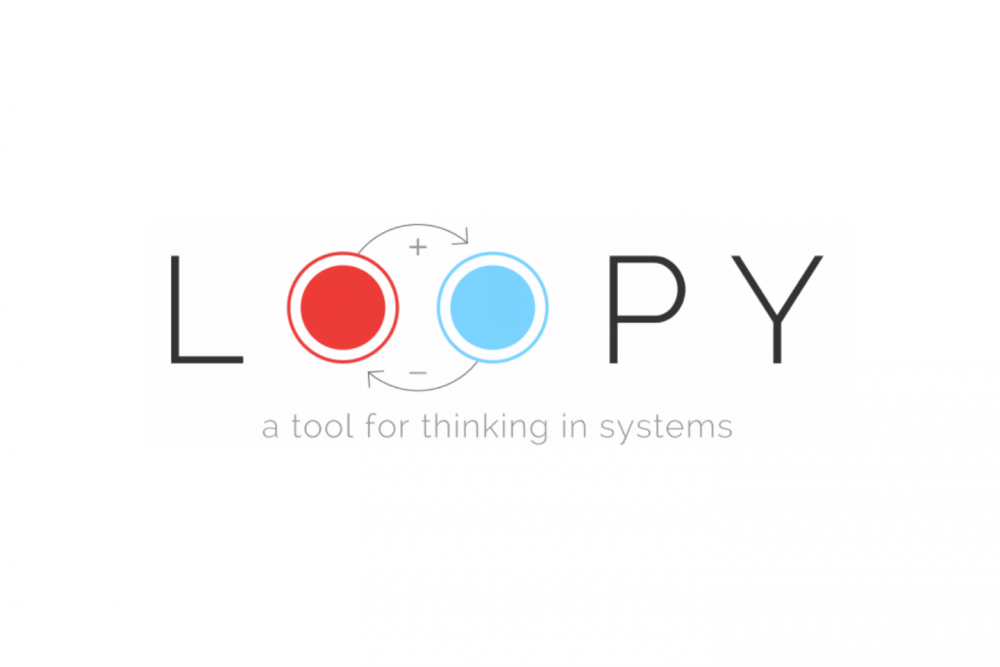
Nicky Case
LOOPY - Video Tutorial
This 6-minute video tutorial introduces the basics of getting started with the LOOPY tool for modeling systems. This tutorial is targeted at students in grades 6 and up and can be used with undergraduate students or the general public.

Systems Thinking for Resilience - Digital Lesson
Looking for a way to get started with the LOOPY tool? The Systems Thinking for Resilience learning module will provide a short video introduction to systems thinking and a quick LOOPY tutorial to help you start modeling a system that is personally meaningful to you. Participants will be asked to engage in reflective practice as they create a system model that answers the question, "How might a big change send ripple effects through your life and what actions can you take to build or maintain resilience during uncertain times?".

Waters Center for Systems Thinking
14 Habits of a Systems Thinker - Card Set
Practicing systems thinking habits can change the way you see the world and influence the actions or decisions you make. This card set from the Water Center for Systems Thinking introduces 14 habits of a systems thinker that you can start practicing today!

Garden TOOLS - How-To Coding Guides
The Garden TOOLS how-to coding guides provide step-by-step instructions on how to program the BBC micro:bit in various ways to gather data in a school garden or other outdoor learning space.
BBC micro:bit FAQ
The Garden TOOLS program supports students in grades 3-5 to use and program the BBC micro:bit microcontroller to gather data on environmental conditions and create technology-rich solutions to a variety of garden challenges. This FAQ will provide some basic information about the most common questions regarding the BBC micro:bit.
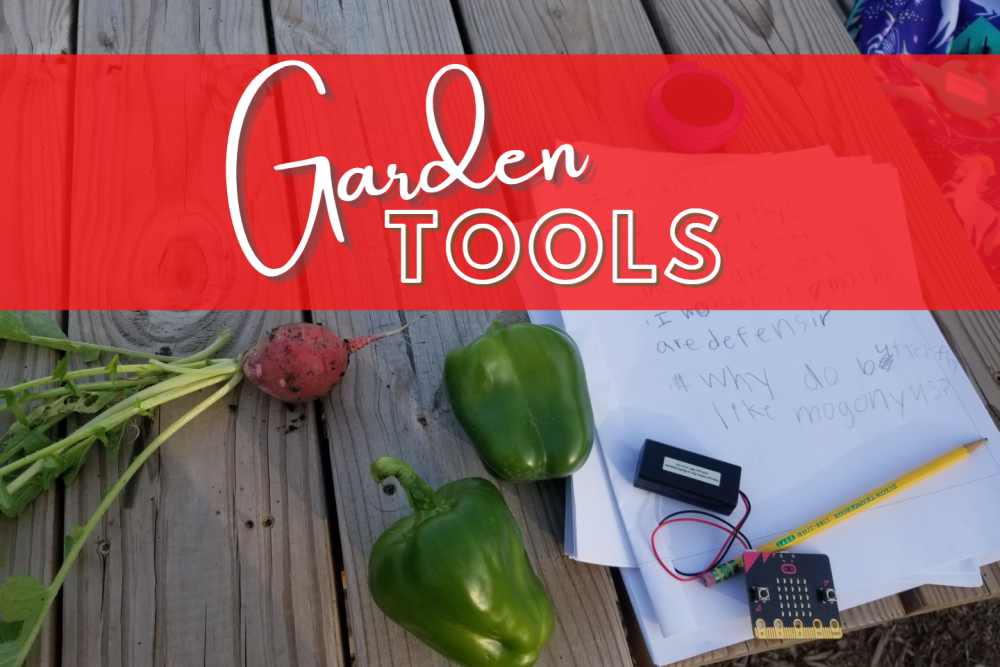
Garden TOOLS - Project Cards
The Garden TOOLS project cards provide guided instructions for BBC micro:bit coding projects that can be used to extend student learning. Project cards include will guide students to... design a soil moisture sensor to match different plant root depths, design a button to count garden visitors, and design an animated scarecrow to scare away pests.
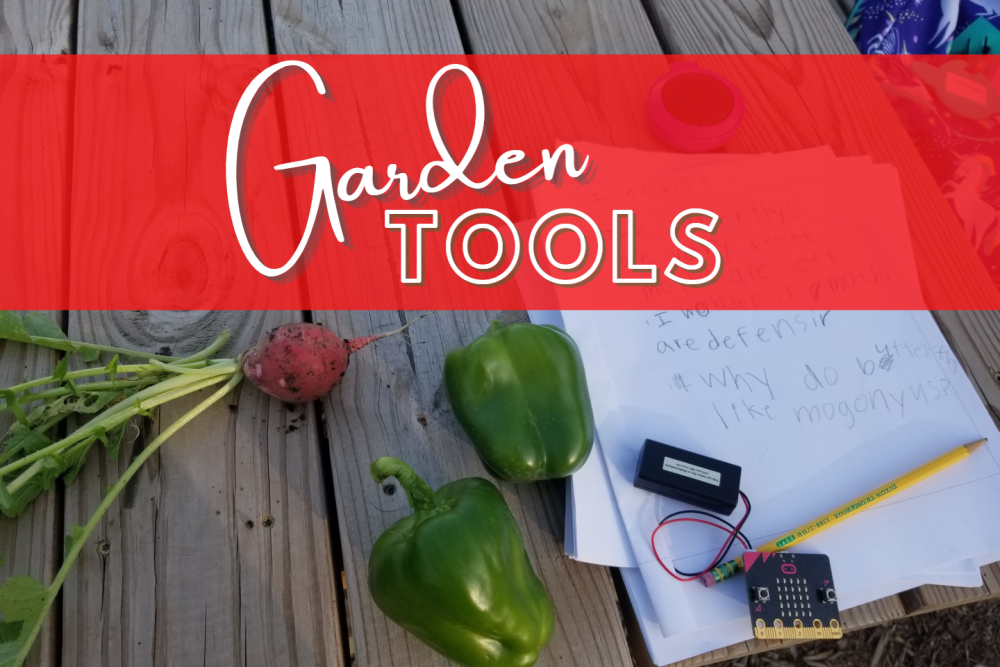
Garden TOOLS - Lesson Set
The Garden TOOLS lesson set is an agricultural technology and engineering curriculum designed for use with students in grades 3-5.

Garden TOOLS - Video Tutorials
The Garden TOOLS video tutorials provide a guided introduction to getting started with the BBC micro:bit microcontroller including introducing the MakeCode for micro:bit coding platform and how to hook up the battery pack.
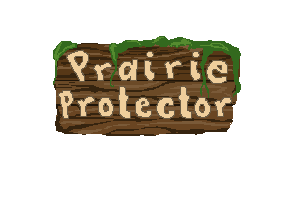
Prairie Protector - Lesson Set
The following four lessons are provided to connect the Prairie Protector digital game with broader learning objectives.

Genetic Engineering: Journey of a Gene - Lesson Set
Genetic Engineering: Journey of a Gene is a standards-aligned, 5-E life science unit that adapts the Journey of a Gene online learning modules created by Dr. Don Lee for the high school biology classroom.

Biotechnology - Enviropigs - Lesson Set
Biotechnology: Enviropigs is a standards-aligned, 5-E life science unit focused on debating the application of genetic engineering to solve an environmental problem of nutrient pollution.
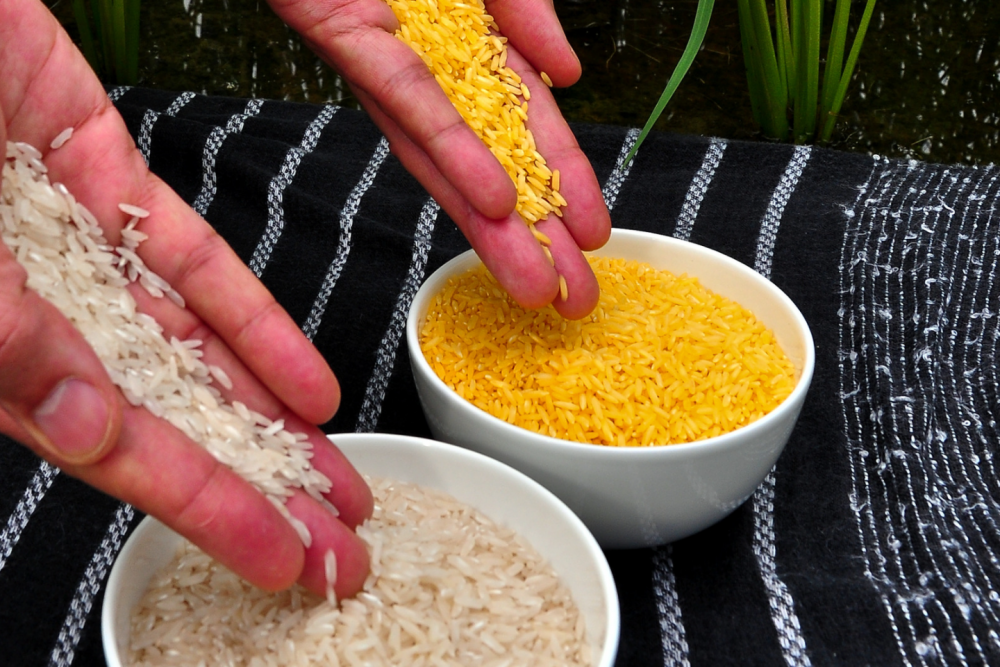
Photo by International Rice Research Institute (IRRI)
Golden Rice: A Genetically Engineered Solution to Vitamin A Deficiency - Lesson Plan
In this standards-aligned, 5-E lesson plan, students will learn about the development of Golden Rice, a genetically-engineered organism, as a way to combat vitamin A deficiency (VAD) in developing countries.
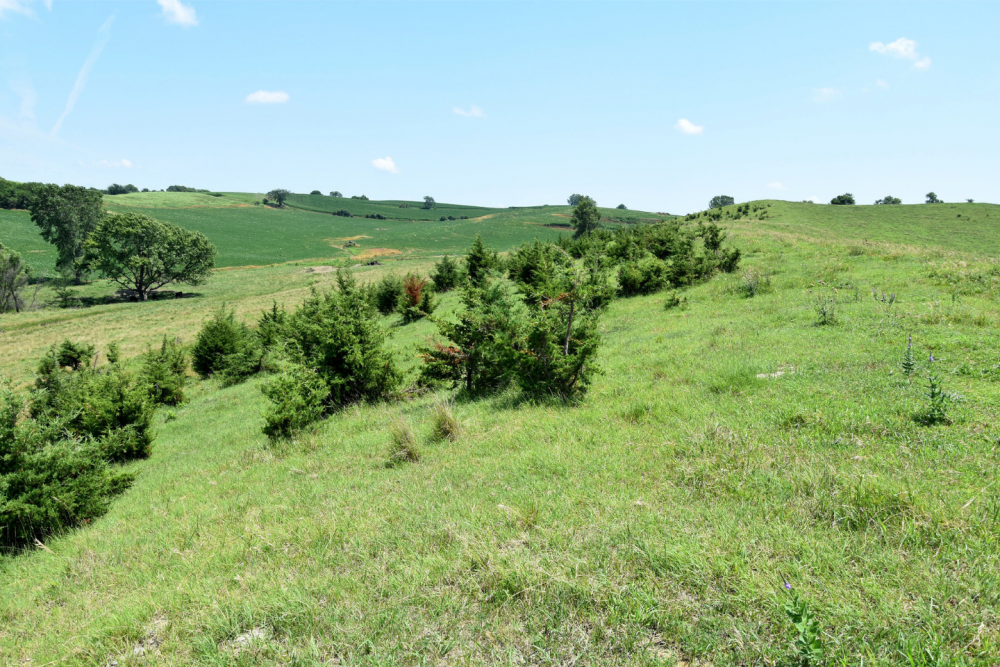
Space Invaders: Ecology and Evolution of Invasive Species - Lesson Set
Space Invaders is a standards-aligned, 5-E life science unit teaching about the ecology, evolution, and effects of invasive species as it applies to both natural and agricultural ecosystems.
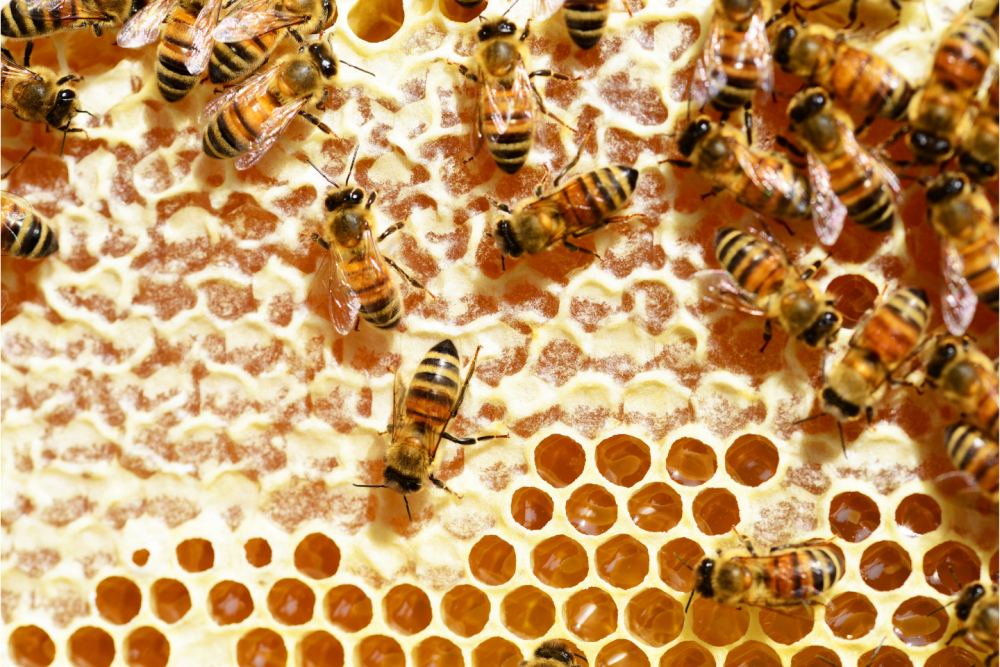
Pollinators in the Biology Classroom - Lesson Set
Pollinators in the Biology Classroom is a standards-aligned, 5-E life science unit that teaches about aerobic and anaerobic respiration, genetics, biotechnology, and food safety in the context of honey bees.
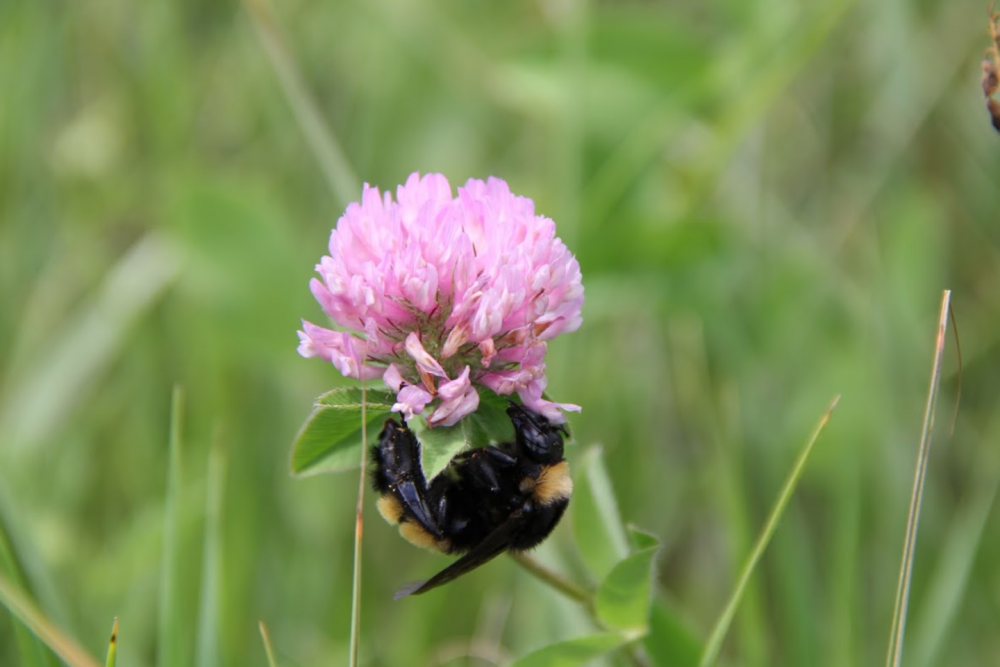
Conserving Bumble Bees Case Study
This standards-aligned, 5-E lesson provides students with a case study approach examining bumble bee population surveys and conservation strategies.
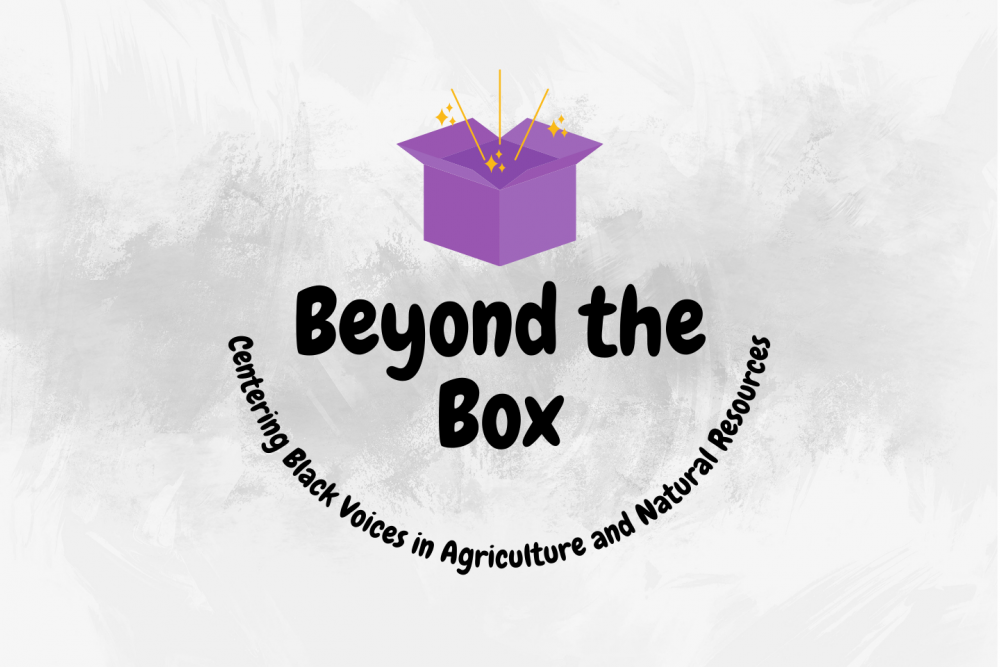
Beyond the Box - Interactive Career Exploration
Beyond the Box is an interactive career exploration resource that leverages Museum-in-a-Box technology to bring to light the achievements of Black scientists in Agriculture and Natural Resource fields.
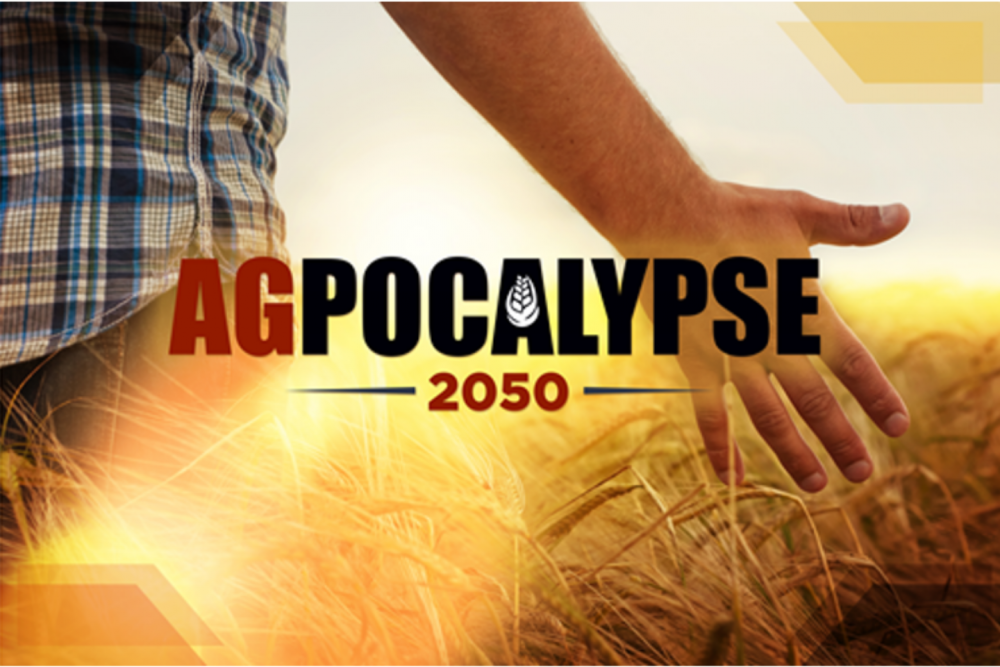
AgPocalypse - Tutorial Videos
Need a quick start guide before playing the AgPocalypse digital game? Watch the video tutorials below led by game developer, Chloe Lehnert, in which she explains a bit about the game and provides some useful tips.
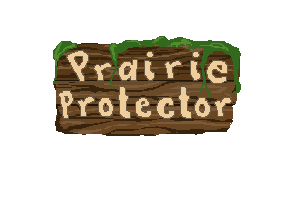
Prairie Protector - Supplemental Materials
The following resources provide more information about the phenomenon at the heart of the Prairie Protector digital game-woody encroachment in the Great Plains- and its social, economic, and environmental impacts.
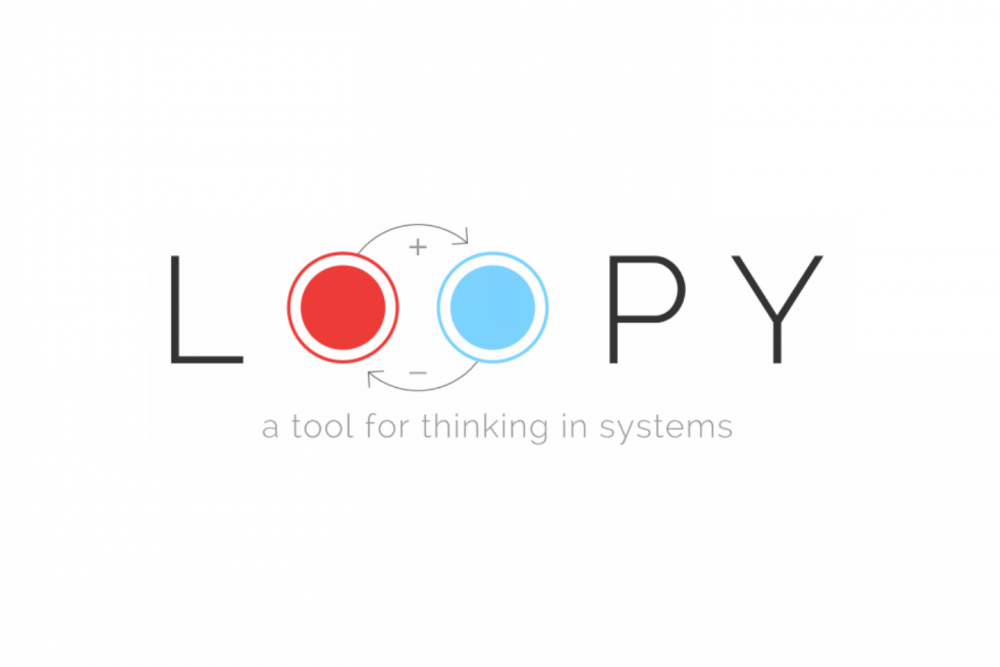
Nicky Case
LOOPY: A Digital Tool for Thinking in Systems
LOOPY is a tool for thinking in systems created by Nicky Case. It allows you to quickly sketch system components (as circles) and their interactions (as arrows) and press play to simulate how a system behaves. In no time at all, you will be experimenting with negative and positive feedback loops, testing predictions, and, most importantly, having fun playing with your system creations.
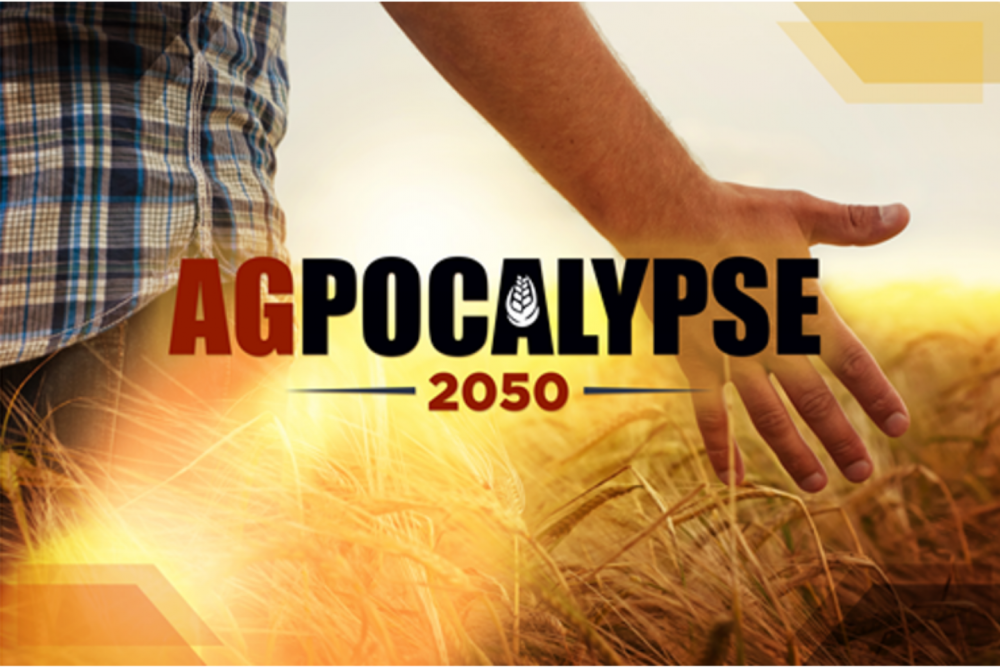
AgPocalypse - Video Game
Farming is a balancing act. Are you ready to take on the challenge of maximizing production while using limited resources like land and water? Play AgPocalypse to test your skills!
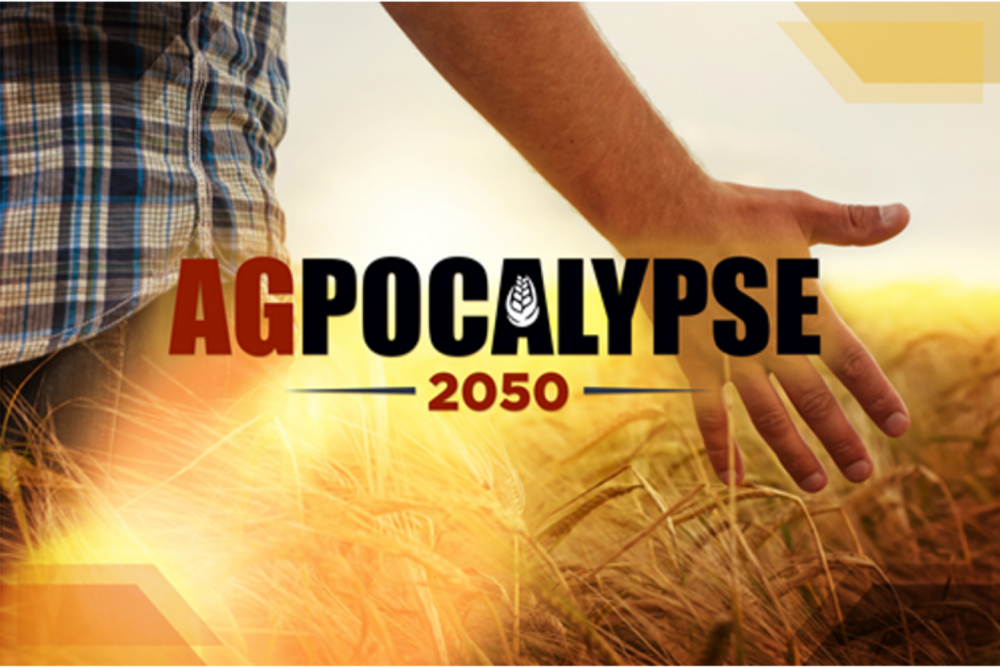
AgPocalypse - Lesson Set
The following lessons are provided to connect the Agpocalypse gameplay scenarios with broader learning objectives.
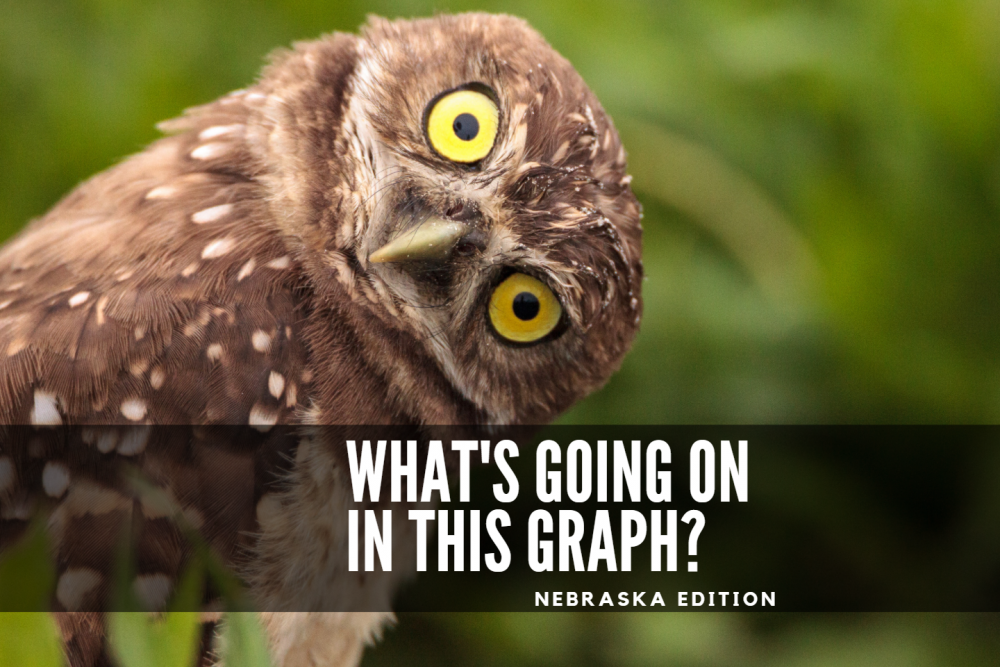
What's Going on in This Graph? - Nebraska Edition
Looking for a flexible way to practice noticing and wondering with your middle school or high school students? Check out this collection of graphs, maps, and charts! Each highlights a FEWSS (food, energy, water, and societal systems) topic and can be used as a focal point for students' sense-making discussions. You can use these as a bell-ringer, anchoring or investigative phenomenon, exit ticket, etc. Additional resources (notice and wonder t-chart template and class slide deck template) are provided to help you and your students get started!
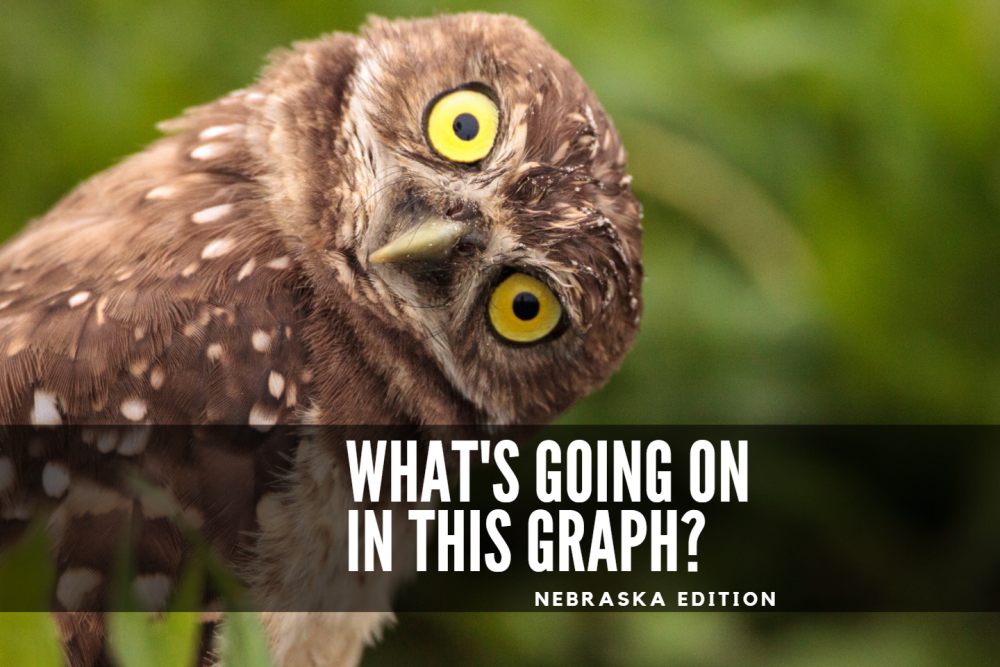
What's Going on in This Graph - Nebraska Edition - Supplemental Materials
Need a template for students to share out their noticings and wonderings? We've got you covered with our Husker Wonder Notice and Wonder template and Husker Wonder Slide Deck template.

Increasing Production with Precision Agriculture - Lesson Plan
In this hands-on lesson, students will learn how precision agriculture uses geographic information systems (GIS) to help farmers and manufacturers make smart, efficient, and responsible decisions about how and when they plant, grow, irrigate, harvest, and transport crops.

Apple Genetics - Lesson Plan
In this standards-aligned, 5-E life science lesson plan, students will learn that the goal of apple breeding is to continuously produce quality apples with desirable traits. Cross breeding and genetic engineering are two methods that have allowed breeders to produce better quality apples.
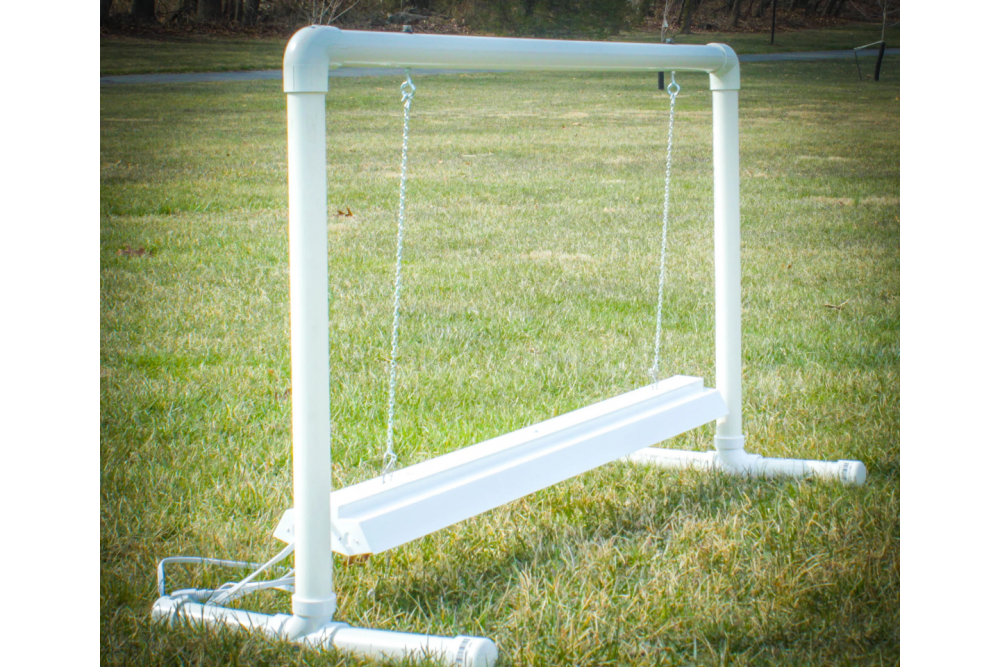
Grow Stand Math - Lesson Plan
In this standards-aligned, 5-E lesson, students will learn about artificial lighting and its use in agricultural production, they will use engineering design principles and mathematics to design a model using plastic straws and tape and build a grow light stand out of PVC piping and connectors.

Double the Muscle - Lesson Plan
Students often fail to realize that a Punnett square represents the process of gene segregation in which the alleles encoding for a trait are separated during the formation of reproductive cells. In this standards-aligned, 5-E lesson plan, students will participate in an activity that allows the abstract concept of Mendelian studies to be applied to a trait easily seen in cattle, through the double muscling trait.
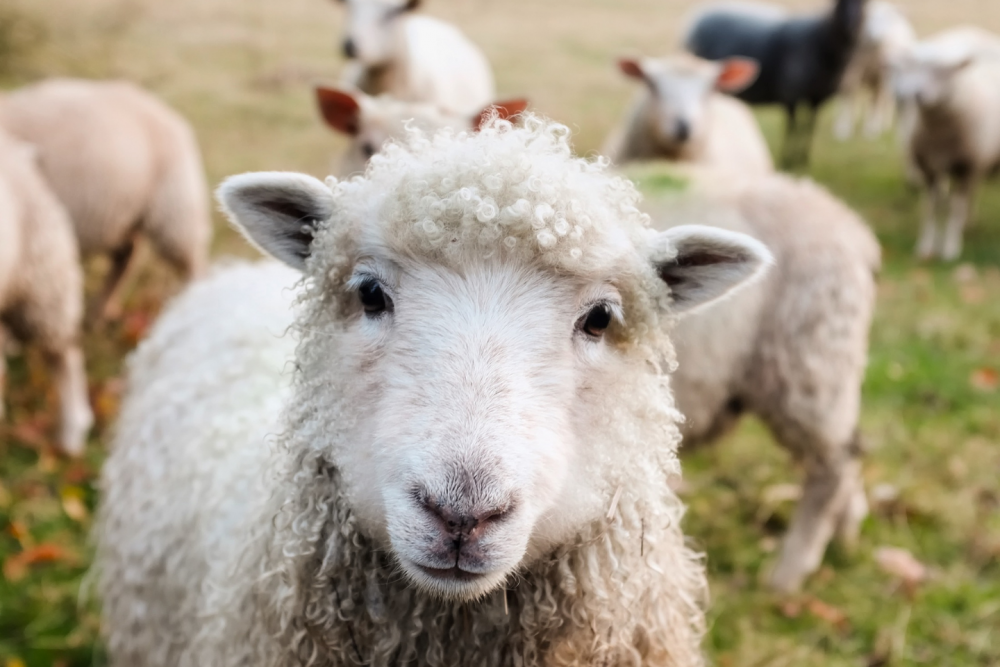
Selectively Breeding Sheep - Lesson Plan
In this standards-aligned, 5-E lesson plan, students will explore a real-world application of genetics and Punnett Squares to help them understand how selective breeding impacts the health of livestock.
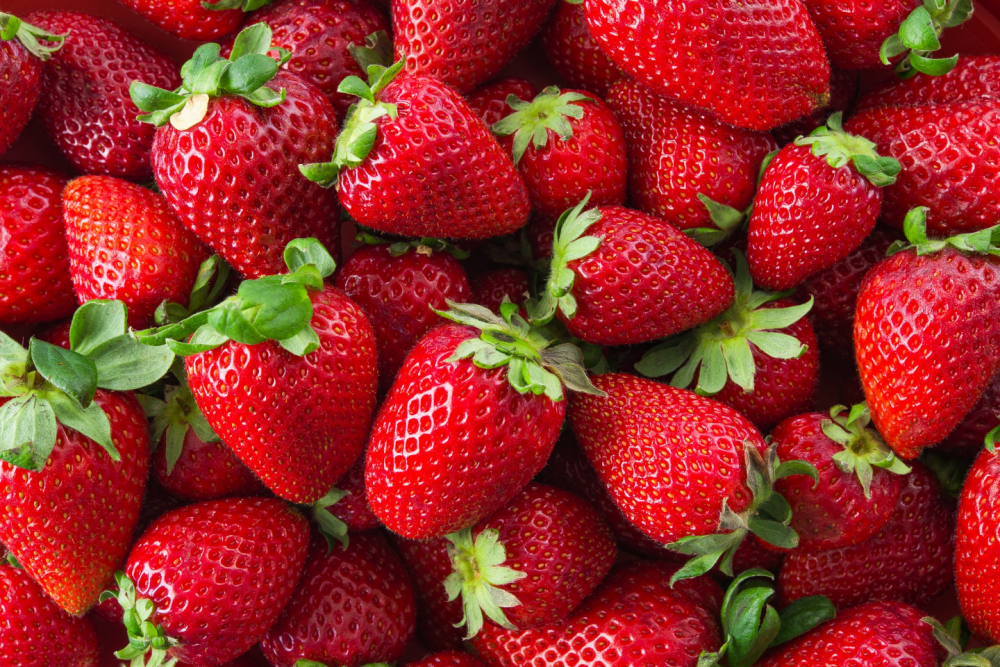
Strawberry Breeding and Genetics - Lesson Plan
In this standards-aligned, 5-E lesson plan, students will learn about DNA by extracting it from strawberries, comparing and contrasting this process to extraction in another model organism, and applying concepts to better understand breeding new varieties of strawberry.
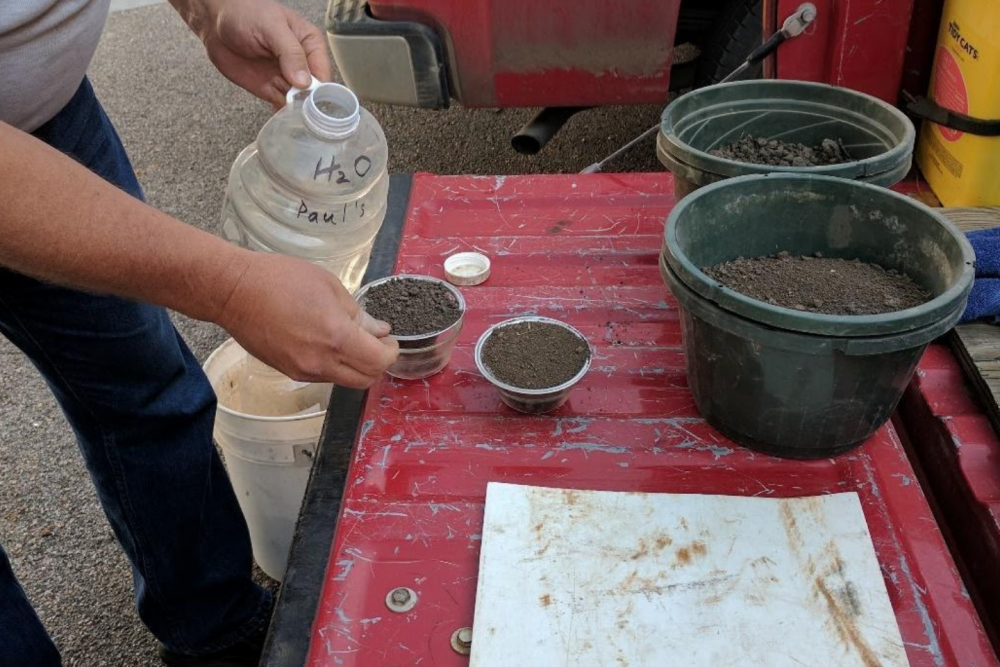
Sustainable Agricultural Ecosystems - Lesson Set
This EPA-funded, standards-aligned unit presents students with a real-world challenge of sustainably using limited natural resources to produce food, fiber, and fuel for a growing human population.